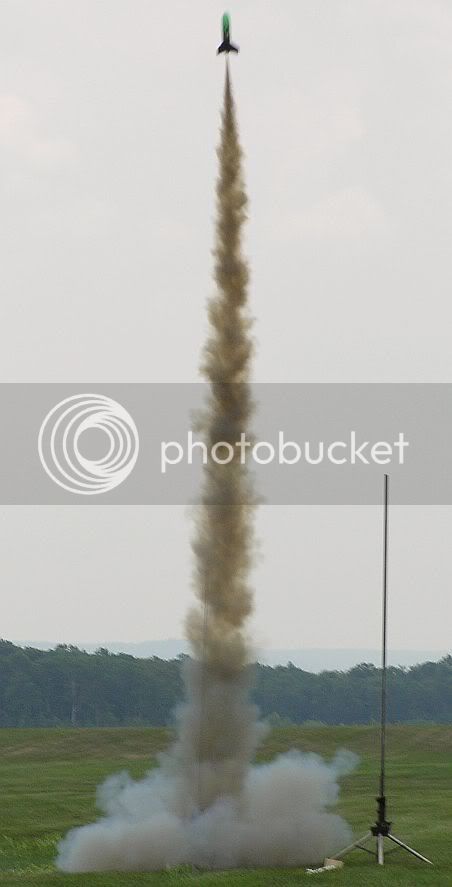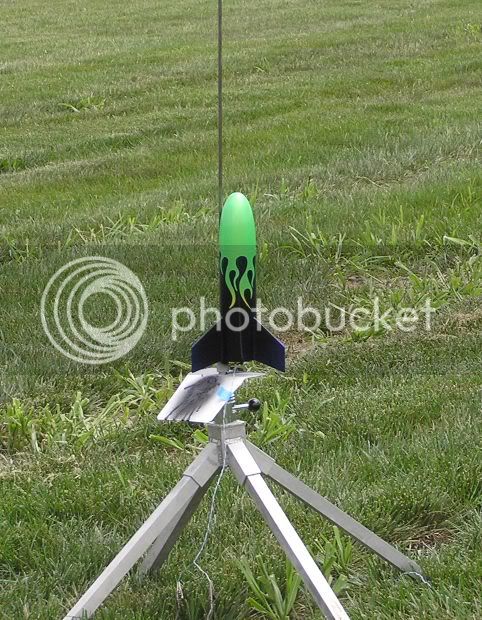MarkII
Well-Known Member
- Joined
- Jan 18, 2009
- Messages
- 8,250
- Reaction score
- 46
Thoroughly wipe down the surface after sanding to remove every speck of dust. Then do it again, immediately before you spray on the primer. I use a microfiber cloth/towel from a pack that I bought at Family Dollar. I can make the pre-treated (see below) but bare, unpainted surfaces of body tubing glass-smooth doing this. I used to use tack cloths, but I didn't like the fact that they imparted a thin film of stickum onto the surface. Plus they dried out and became useless very quickly. On occasion I will take a paper towel, and put a few drops of water onto it, just enough to make it very slightly damp, and lightly run it over the rocket to pick up the dust. I apply spray primer in exactly the same way that I apply spray paint, in even strokes from one end to the other, at the correct distance through the entire stroke.My primer often comes out a little "fuzzy", both looking and feeling, so I end up sanding it lightly. Any idea why that happens to me?
I should add that I also use primer to "prep" paper body tubes before I fill them. I give the raw tubes a quick coat of primer, let it dry for a day and then sand it off. The treatment hardens or toughens the surface so that after I fill the spirals and other defects, the tube doesn't get scuffed up when I sand it. I don't do this with the wood surfaces, though.
For sanding body tubes I am really fond of the line of sanding sponge pads from Norton. I use the medium ("100") and medium-fine ("150") pads, both of which are red, for sanding down filler, and I use the yellow very fine ("220") sponge pad for the final sanding of the bare surface and any light sanding of the primer coat. I don't wet-sand anything on paper tubes and I don't sand the top coats. (They don't need it.) I use regular paper-backed sandpaper for sanding wood fins, transitions and nose cones. I do wet-sand the sealer coats on nose cones and transitions, but I only dry-sand the sealer coats on fins.
Someone mentioned using steel wool that has been made specifically for fine surface finishing. I agree that it imparts a very smooth texture on painted surfaces --- if you ignore the tiny steel fibers that it leaves behind, embedded in the paint. Been there.






